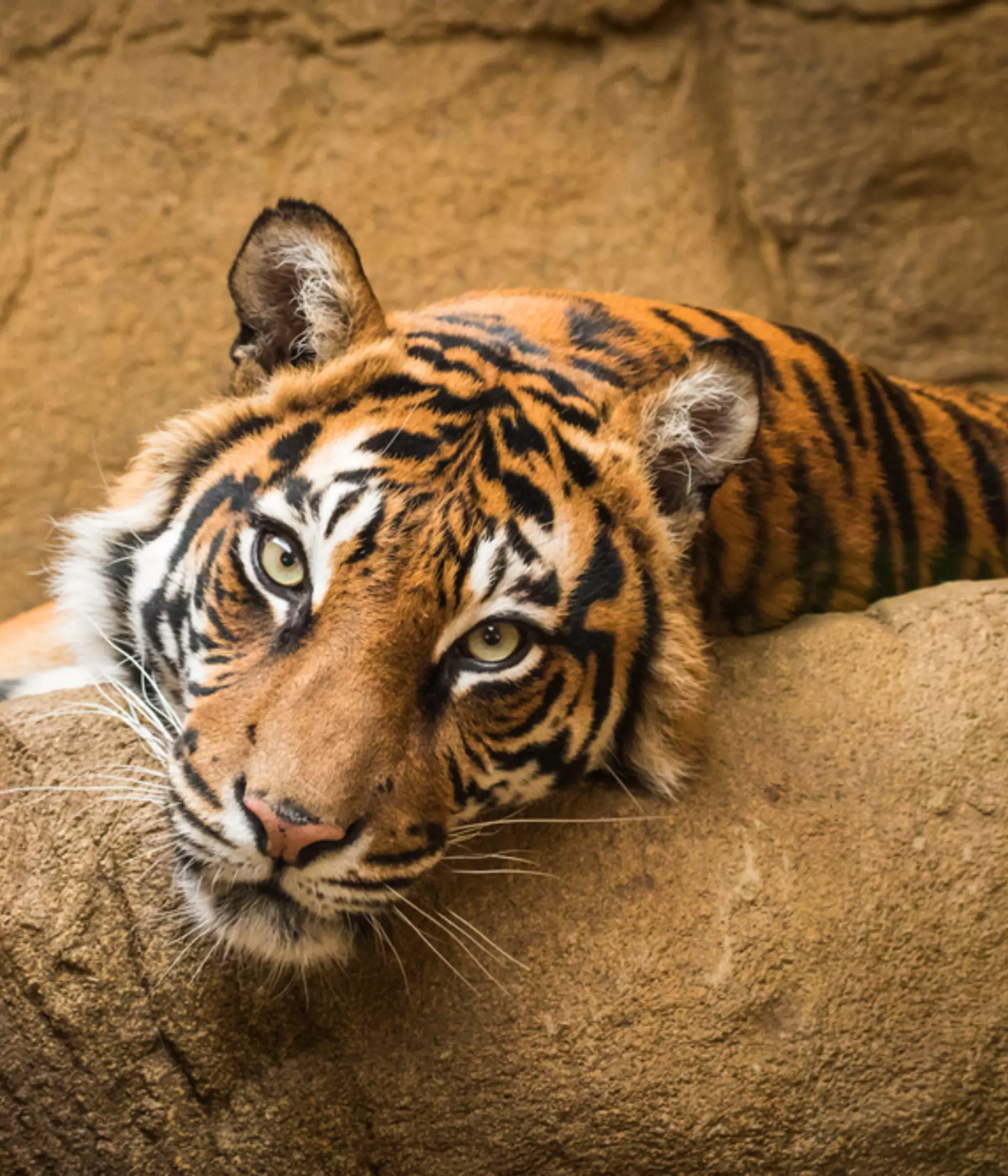
Since Sir Stamford Raffles founded ZSL in 1826, there have been many achievements at London Zoo and Whipsnade Zoo, as well as in our conservation work in the wild.
Landmarks in ZSL History

1826
- The Zoological Society of London (ZSL) founded by Sir Thomas Stamford Raffles.
1828
- London Zoo opened to Fellows of the Society, and to the public with a written 'order' from a Fellow and payment of 1 shilling.
- Lady Raffles elected first woman Fellow.
1829
- The Zoological Society of London granted a Royal Charter by King George IV.
1830
- Scientific Meetings started. First issue of the Proceedings of the Zoological Society published.
1831
- Royal animal collection from the Tower of London presented to ZSL.
1835
- Chimpanzee exhibited at London Zoo for the first time.
1837
- Charles Darwin became a Fellow of ZSL.
1847
- Public admitted to London Zoo without an 'order' from a Fellow.
1849
- World's first Reptile House opened at London Zoo.
1850
- Arrival of the hippopotamus Obaysch - the first living hippo to be seen in Europe since Roman times.
1853
- First ever public Aquarium opened at London Zoo.
1865
- Jumbo, the first African elephant seen alive in England, received from Paris.
1881
- World's first Insect House opened at London Zoo.
1914
- Winnie the Bear deposited at London Zoo. She was the inspiration for 'Winnie-the-pooh'.
1916
- Evelyn Cheesman appointed Assistant Curator of Insects, the first woman in a curatorial post at ZSL.
1926
- As the twentieth century dawned the need to keep and study large animals in more natural surroundings became apparent. Sir Peter Chalmers Mitchell (ZSL Secretary 1903-35) envisaged a new park no more than 70 miles from London, over 200 acres in size and easily accessible to the visiting public. In 1926 an ideal site was found, derelict Hall Farm, near Whipsnade village, nearly 600 acres on the Chiltern Downs. ZSL purchased the farm in December 1926 for £13,480 12s 10d.
1928
- The first animals arrived at Whipsnade Wild Animal Park - two Amherst pheasants, a golden pheasant and five red jungle fowl. Others soon followed including muntjac, llama, wombats and skunks.
1931
- Whipsnade Wild Animal Park opened - the world's first open zoological park.
1938
- Children's Zoo opened at London Zoo.
1939
- Start of Second World War. The Giant pandas, elephants and rhinos were sent to Whipsnade. London Zoo closed briefly from 3-9 September, but remained open throughout the rest of the War.
1947
- Guy the gorilla arrived at London Zoo.

1960 and 1961
- The Institute of Zoology is established. Lord Zuckerman, then Secretary of ZSL, raised funds from two medical foundations to found laboratories where scientists would be employed by ZSL and undertake research.
1962
- 'Caroline' an Arabian oryx is lent to the world herd in Phoenix, Arizona, the first international co-operative breeding programme.
1965
- Nuffield Institute opened by Prince Philip.
- Snowdon Aviary (designed by Lord Snowdon) opened.
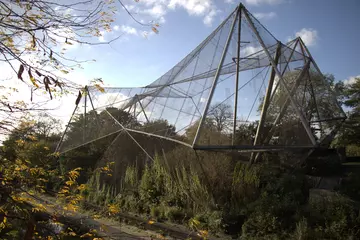
- Casson Elephant House opened.
- Goldie the golden eagle escapes twice, causing much excitement and publicity.
1967
- Clore Pavilion for Small Mammals opened by the Queen and Prince Philip.
- Pipaluk the polar bear born.
- Whipsnade bred the first cheetahs born in Europe.
1968
- Visitors no longer allowed to feed the animals.
1970
- Herd of white rhinos brought to Whipsnade, as a result of an agreement with the Natal Parks Board, who had raised white rhino from near extinction. They thought it would help the conservation effort if there were breeding groups outside Africa as well.
1971
- Emperor of Japan visited Regent’s Park and was made an Honorary Fellow.
1972
- Sobell Pavilion for Apes and Monkeys opened by Prince Philip.
1974
- Arrival of giant pandas Ching-Ching and Chia-Chia.
1976
- New Lion Terraces opened by the Queen.
1981
- Whipsnade celebrated its 50th anniversary.
1986
- ZSL co-ordinates the release of Pere David's deer in Da Feng, China. The release includes deer bred at Whipsnade.
1990
- The Queen and Prince Philip visited the Zoo. Prince William visited the Insect House, followed by the Prince and Princess of Wales.
1992
- ZSL Council decided to close London Zoo as it was losing money. The Emir of Kuwait then donated one million pounds, prompting the Zoo to remain open.
- At Whipsnade the ‘Africa’ and ‘Passage through Asia’ exhibits proved successful.
1995
- New Royal Charter granted to ZSL by the Privy Council.
- Ambika Paul Children’s Zoo built using a one million pound donation from Dr Swarj Paul in memory of his daughter.
- One hundred sand gazelles released in to the Empty Quarter, Saudi Arabia.
1997
- His Royal Highness the Duke of Edinburgh opened Whipsnade's new Elephant House.
1998
- Four thousand British field crickets were released into southern England; the biggest ever of a captive bred animal.
1999
- Her Majesty the Queen and His Royal Highness the Duke of Edinburgh, officially opened the Millennium Conservation Centre, which houses BUGS, the biodiversity exhibition.
- ZSL launched its first website.
2001
- ZSL celebrated 175 year and Whipsnade Zoo celebrated 80 year anniversaries.
2004
- Komodo Island of Dragons enclosure opened by Sir David Attenborough.
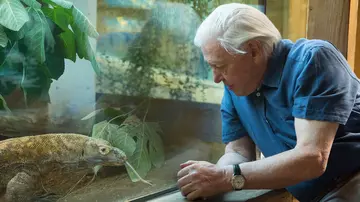
- Meet the Monkeys walkthrough exhibit for the squirrel monkeys opened.
- African Bird Safari walkthrough opened.
2006
- ZSL assisted in rescuing approximately 950 exotic fish and coral illegally imported from Indonesia seized at Heathrow.
2007
- Gorilla Kingdom opened at London Zoo.
- EDGE of Existence programme launched, concentrating on world’s most Evolutionarily Distinct and Globally Endangered species.
2008
- Blackburn Pavilion opened in March, London Zoo.
- Outback exhibit opened August, London Zoo.
- Opening of Rhinos of Nepal, Whipsnade Zoo.
2009
- Animal Adventure opened with red pandas, aardvarks, and prairie dogs on display.
- Giants of the Galapagos opened.
2010
- Once thought extinct, the Horton Plains slender loris was found in Sri Lanka by ZSL, with first ever photos.
- Three part ITV documentary ‘The Zoo’ was aired on prime time television.
2011
- Penguin Beach opened at London Zoo - England's biggest penguin pool.
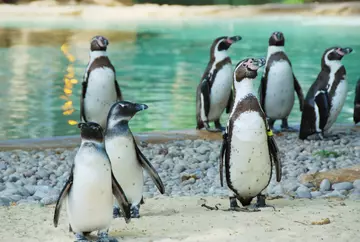
2013
- Opening of Tiger Territory, a 2,500sqm (27,000sqft) enclosure for tigers that replicates their natural Indonesian habitat.
2014
- Thug and Nicky, two pygmy hippos, moved into a new custom built enclosure, complete with solar panels to power their own indoor heated pools.
2015
- Two brand new enclosures opened at London Zoo - In With The Lemurs and In With The Spiders, Europe's only walk through spider enclosure.
- Whipsnade Zoo opened its brand new Butterfly House and a brand new Visitor Centre
2016
- London Zoo opens Land of the Lions - its biggest and most breathtaking lion exhibition.
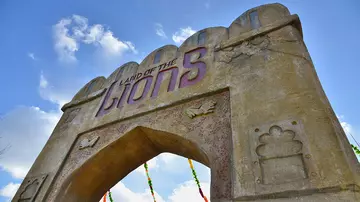
2017
- African Wild Dogs exhibit was opened at Whipsnade Zoo.
- The Centre for Elephant Care opened at Whipsnade Zoo.
- Jimmy and Yoda move into the new Gibbons enclosure at London Zoo.
Support our global conservation work
